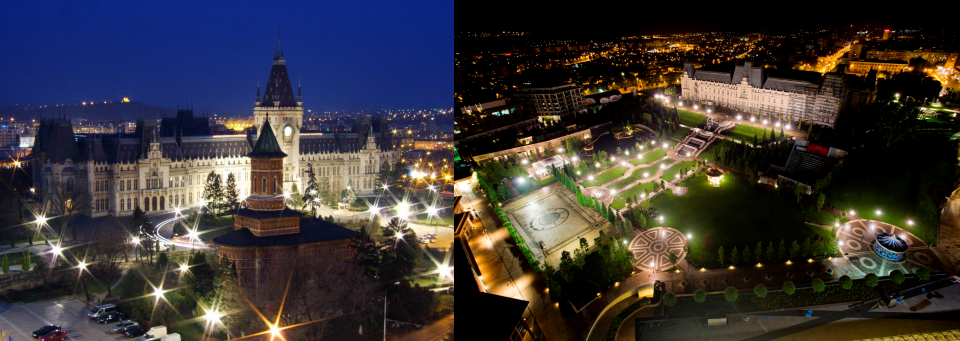
Iasi (also historically referred to as Jassy or Iassy) is one of the largest cities and a municipality in Romania. Located in the historical Moldavia region, Iaşi has traditionally been one of the leading centres of Romanian social, cultural, academic and artistic life. The city was the capital of the Principality of Moldavia from 1564 to 1859, then of the United Principalities from 1859 to 1862, and the capital of Romania from 1916 to 1918.
Known as The Cultural Capital of Romania, Iasi is a symbol in Romanian history. The historian Nicolae Iorga said “There should be no Romanian who does not know of it”. Still referred to as The Moldavian Capital, Iasi is the seat of Iaşi County and the main economic centre of the Romanian region of Moldavia.
As of 2011, Iasi itself has a population of 263,410 (the fourth most populous Romanian city), the metropolitan area is home to about 350,000 residents, while the population of the peri-urban area exceeds 500,000 residents.
Home to the first Romanian university and to the first engineering school, it is the second largest university centre in the country and accommodates over 75,000 students in 5 public and 7 private universities.
The social and cultural life revolves around the Vasile Alecsandri National Theater (the oldest in Romania), the Moldova State Philharmonic, the Opera House, the Tatarasi Athenaeum, a famous Botanical Garden (the oldest and largest in Romania), the Central University Library (the oldest in Romania), the high quality cultural centres and festivals, an array of museums, memorial houses, religious and historical monuments.


